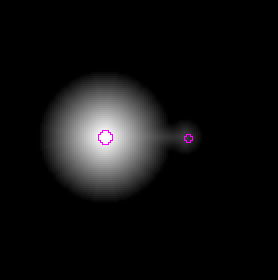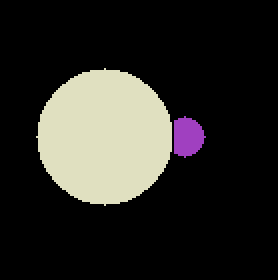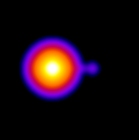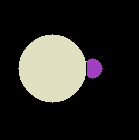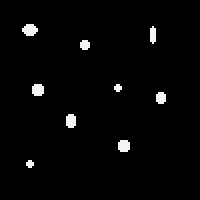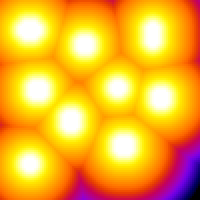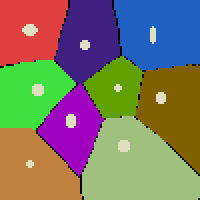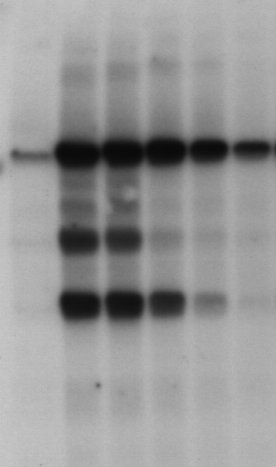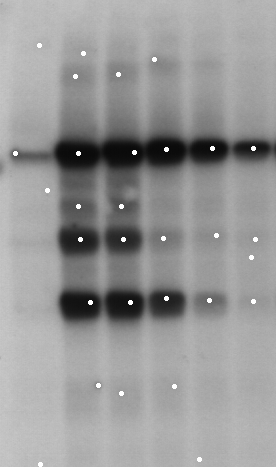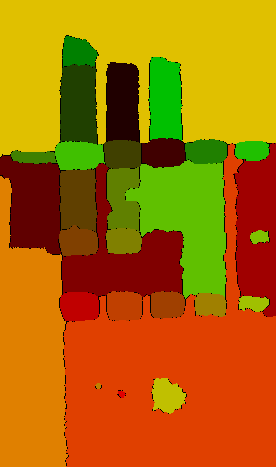Table of Contents
3D Watershed tutorial
Watershed is a powerful technique of mathematical morphology and has many applications in image analysis such as merged objects splitting or zones assignment.
Basic principle
The seeded version implemented in the plugin 3DWatershed will aggregate voxels with higher values first to the seeds. Two seeds with different values for neighbouring voxels may not be growing at same speed, the one with higher values will grow faster then the one will lower values.
Applications
The two main applications are objects splitting and voronoi computation (zones assignment). The watershed algorithm can also be used to segment the image based on the gradient of the intensity or the intensity itself. }
Splitting
The main application in ImageJ is the 2D splitting of merged objects. The 2D splitting application is described in this video tutorial. This splitting is based on the computation of the distance map inside the mask of the merged objects. The seeds are then the local maxima of the distance map, the farthest points from the boundaries, hence corresponding to the centres of the objects. The bigger the object, the higher the values of the distance map, then the faster the growing of the seeds and the bigger the resulting object.
Voronoi
The Voronoi algorithm will draw lines between objects at equal distances from the boundaries of the different objects, this then computes zones around objects and neighbouring particles can be computed. This can be seen as the splitting of the background, the seeds are the local maxima of the distance map outside the objects.

